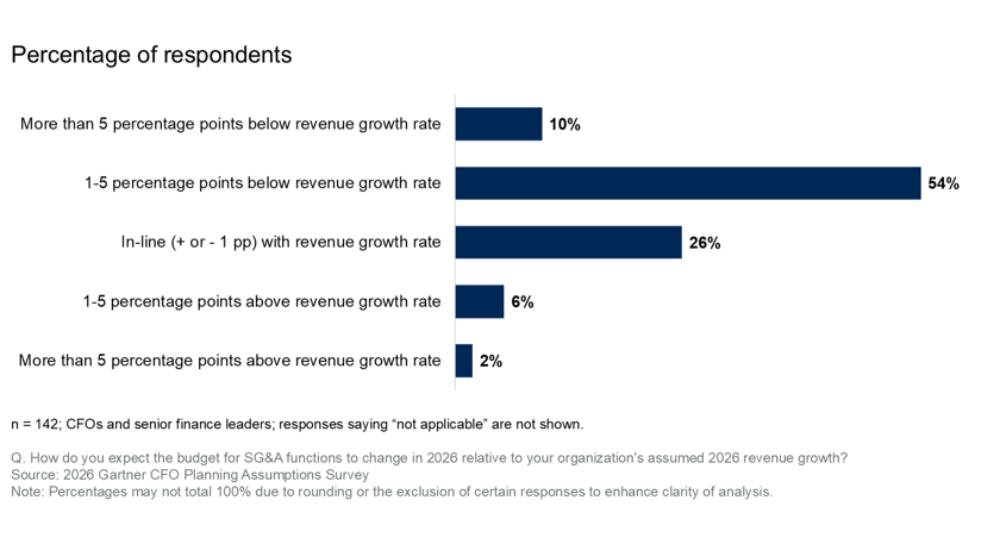The pandemic caused a level of disruption to daily life, across the globe, at a level not seen before. Data has now moved beyond being the bedrock of industry, and like water and power, an embedded and indispensable factor for modern life.
Many businesses have had to rapidly bring forward plans that were on the horizon, moving services to the cloud and creating ways for staff to access vital data, and achieving overnight what was road-mapped for the coming years. An IDC report estimated IT spending in META to increase by 2.8% to reach $77.5 Billion in 2021, while the spend on digital transformation will improve from 25 to 37% of the total IT spend by 2024. As Microsoft CEO Satya Nadella put it, we saw two years’ worth of digital transformation in two months.
We have not yet begun to truly reckon with the consequences of this digitalisation acceleration. It seems likely that digitalisation is just one of an interconnected set of trends which will truly change how our world operates and the pandemic has brought the timeline for that change markedly forward.
“The share of overall power needs going into data centres and networking is growing rapidly, and this will drive and support the acceleration of renewable adoption.”
To understand why, we need to consider the fact digitalisation is also a transfer of energy from one system to another. The rise in home working because of social distancing is a perfect example of this: while the energy demands of cloud computing likely rose as a result of home working, online grocery shopping, and online banking services replacing the energy and fuel needs for commuting.
Digitalisation of systems is also an electrification of systems. Together with transport, industrial, and building electrification, this accounts for the expectation that, the overall electricity needs in the Middle East will significantly increase over the coming years.
While this may sound like bad news for our climate goals, the truth is that shifting demand towards electrified systems will stimulate demand for adopting renewable energy, which is now generally cheaper per watt than fossil fuel alternatives. As well as being inherently more power efficient, thanks to the hyper-efficient nature of modern silicon, digitalisation opens avenues for carbon reduction as its emissions are directly related to the emissions of the grid as a whole.
“It seems likely that digitalisation is just one of an interconnected set of trends which will truly change how our world operates.”
From digitalisation, to electrification, to renewable energy: this cycle closes back on itself in the fact that renewable energy requires digitalised systems for its effective generation, transmission, storage, and usage. While wind and solar are now highly efficient and economical ways of generating electricity, they are by their nature less predictable and consistent than fossil fuel-based generation.
While digital systems will be required to rapidly react to fluctuations in production, and the power held in those systems will also play a role in managing the grid’s performance. Already, stores of power like datacentre backup systems and electric vehicle batteries are being used to help balance the grid’s frequency and performance.
As digitalisation, electrification, and renewable adoption accelerate, these interconnections will become deeper and more dynamic: this confluence of trends is a virtuous cycle that speeds itself up.
As this cycle continues, we will see the distinction between these trends start to fade away. Today, data and power have become co-dependent considerations: governments make policy decisions around power with data centre rollouts in mind, and data centre operators in turn plan construction in accordance with grid capacity.
Tracing that shift into the future, we may see digitalisation and sustainability become synonymous terms. The share of overall power needs going into data centres and networking is growing rapidly, and this will drive and support the acceleration of renewable adoption. Far from being competing concerns, the cloud will be the route to decarbonisation, and vice versa.
At the beginning of 2020, much of the digital transformation that occurred, existed only in the form of medium-to-long term planning but the pandemic brought all of that forward and made it an immediate necessity in ways that nobody could have predicted.
Today, electrification and renewable adoption similarly exist on a planning horizon, subject to checks and milestones as they are patiently brought into reality. Over the coming years, we will see how the ripple effect of accelerated digitalisation cascades through all our essential systems, leaving us with a very different, much greener approach to the world.
Ashraf Yehia of Eaton writes what 2020’s digitalisation acceleration means for sustainability.




